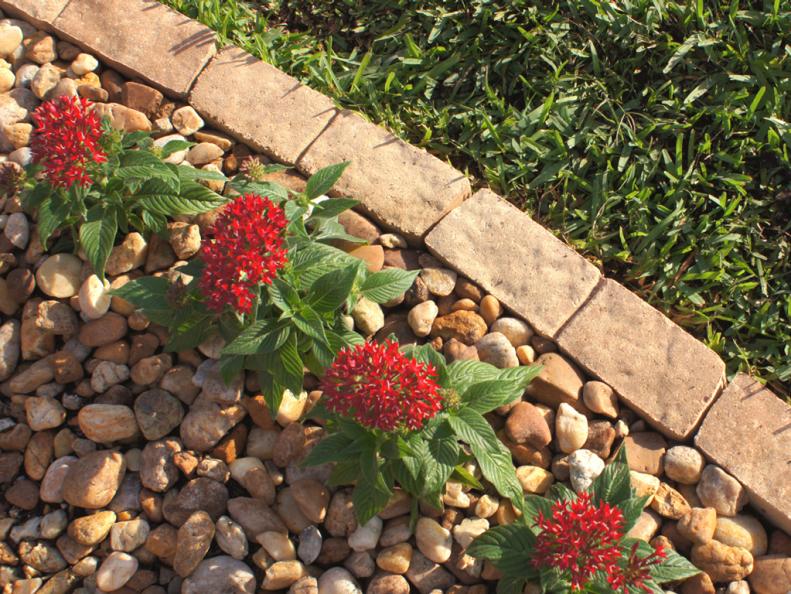1 / 7
Key Elements of Edging
Edging makes your landscape look complete and it also serves an important practical purpose. It keeps individual elements from intruding on each other's space. The key is not to overdo it – too much edging can interrupt the flow of your garden. In addition, edging is prone to damage if it's used in a frequently mowed part of your yard.









